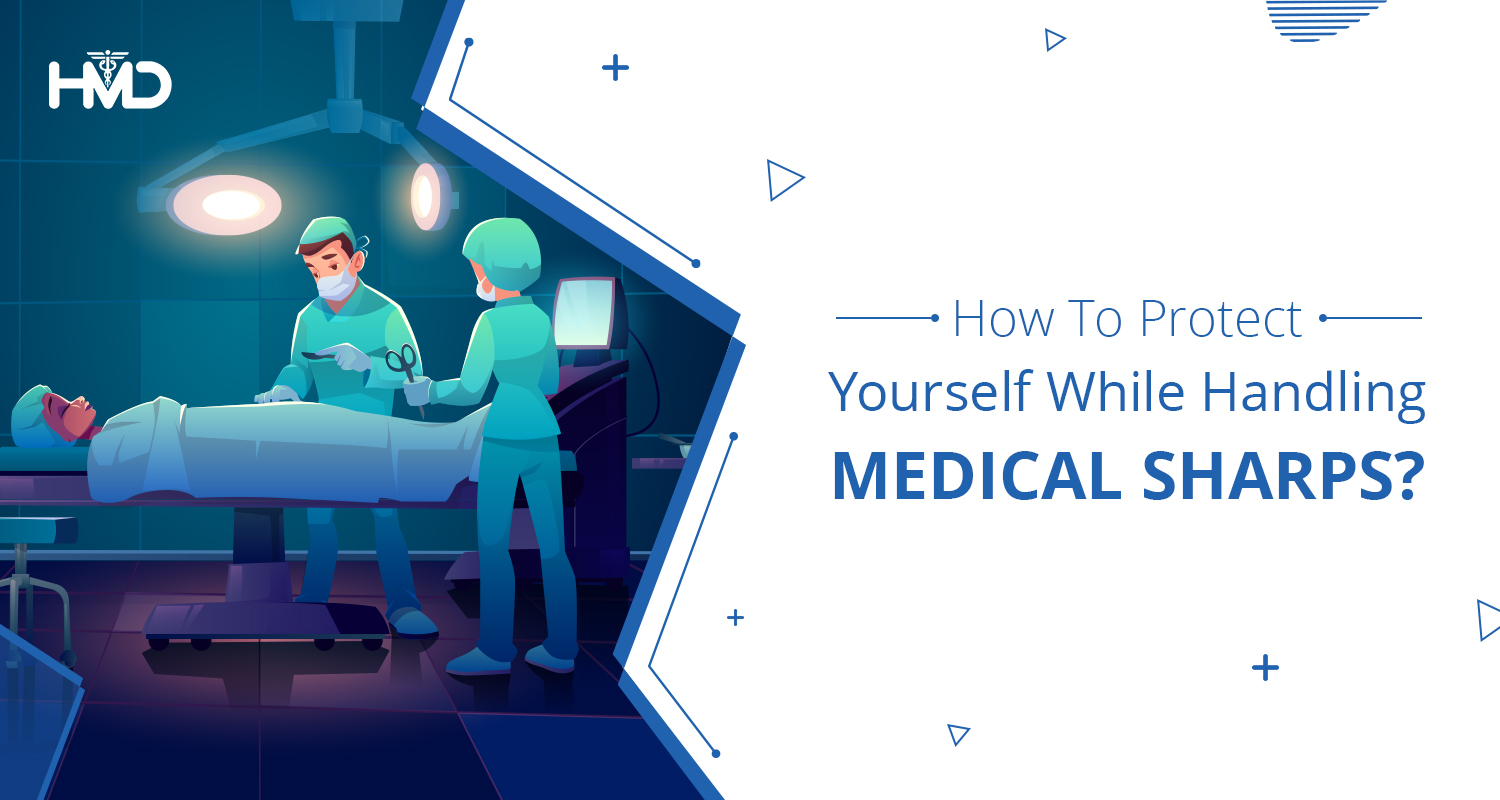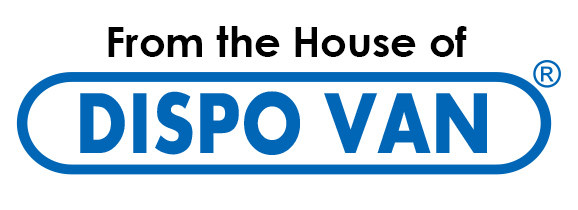

The Centre for Disease Control and Prevention (CDC) estimates that approximately 3,85,000 injuries occur from contaminated medical sharps annually among hospital-based healthcare workers.
What Are Medical Sharps?
Medical sharps are devices that can puncture or cut the skin, such as needles, scalpels, infusion sets, and lancets. They may be used at home and work for various medical procedures, including injections, blood tests, and surgeries. Used medical sharps are often contaminated with bodily fluids, toxic chemicals, or radioactive substances. If handled improperly, they can cause cuts and accidental needlesticks and pose a risk of infections or illnesses, such as human immunodeficiency virus (HIV), hepatitis B virus (HBV), and hepatitis C virus (HCV).
Basic Guidelines for the Safe Handling of Medical Sharps
Careful handling of contaminated sharps can prevent injury and lower the risk of infection. Employers must ensure that employees follow these practices in healthcare settings to reduce the risk of acquiring bloodborne diseases.
- Keep the medical sharps covered or wrapped until you need to use them
- Never intentionally break, bend, or remove a needle from a syringe
- Never pass a sharp object to someone else or place one on a tray for them to pick up
- Avoid putting sharp objects in bags because they may poke through and cause leaks or prick someone
- Sharps disposal containers must be easily accessible
- Dispose of sharps immediately after use in an approved disposal container to avoid needlestick injuries
- Place used sharps in the container with the sharp end facing away from you. Avoid sticking your fingers into the opening of the sharps container
- Contaminated broken glass or sharps must not be picked up by hand; instead, they must be removed using tools like a brush and dustpan, tongs, or forceps.
Ensure Protection from Medical Sharps Injury with HMD Products
Single-use Syringes: HMD provides single-use syringes which adhere to the highest patient safety and quality standards. They protect against sharp injuries by eliminating the need to manually retract or remove needles after use. The needle automatically detaches and retracts into the syringe, reducing the risk of a needle stick injury and preventing the spread of infectious diseases.
Kojak Auto Disable Syringes: HMD is the world’s largest manufacturer of auto-disabled syringes. The Kojak AD syringe operates on a ring and break mechanism that breaks the plunger after the first use, prohibiting subsequent uses and lowering the risk of infection and cross-contamination.
Kojak Safety Box: At HMD, we have developed a Kojak safety box to safely dispose of medical sharps like needles and surgical blades. The safety box has a handle on top to make it easier to handle and prevent sharps and liquids from spilling out of the container. It is tamper-proof, water-resistant, temperature resistant, and resistant to piercing.
Kojak Safety Container: HMD’s Kojak safety container is designed to facilitate the safe disposal of used syringes, needles, and sharps to reduce cuts and needlestick injuries. It has an anti-puncture durable plastic shell made of polypropylene.
Conclusion
We at HMD aim to provide safety-engineered medical devices to enhance the lives of patients and healthcare professionals and safeguard them from occupational health hazards. Our products are designed as highly reliable safety instruments to provide the best experience to our customers.

